#hypacrosaurus
Text

Anchiceratops ornatus, Hypacrosaurus altispinus and Albertosaurus libratus by Gregory Paul. From Terra: The Member's Magazine of The Natural History Museum of Los Angeles County. Volume 24, No. 3. January/February 1986.
Internet Archive
#prehistoric#dinosaurs#ceratopsians#anchiceratops#hadrosaurs#hypacrosaurus#theropods#albertosaurus#Gregory Paul
238 notes
·
View notes
Text

hypacrosaurus altispinus - hadrosaur - late cretaceous
this handsome fella was named for the tall neural spines that make up the meaty hump on his back! fossilized nests of hypacrosaurus show they grew about as fast as todays ratites (i.e ostriches, emu, cassowaries) in order to outpace their tyrannosaurid predators! sub-adult tyrannosaurs Probably weren't too keen on getting crushed by 4 tonnes of Beast.
higher resolution version under the cut!
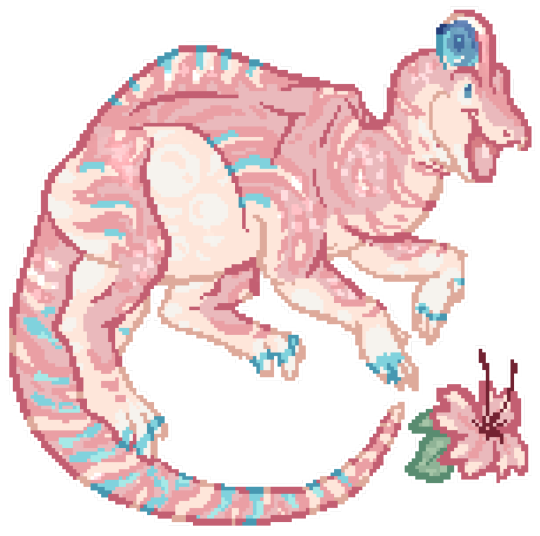
#paleoblr#paleoart#hadrosaur#hypacrosaurus#5/18/23#taking away the 7pm est timer because i simply dont have the time D: but The Him <3#hes shedding early for pride month!!! simply cannot contain the joy and i love him for that#unintentional pallette but i think its Very pretty. pink and blue are just a nice combo wht can i say#dinosaur
59 notes
·
View notes
Note
trick or treat!
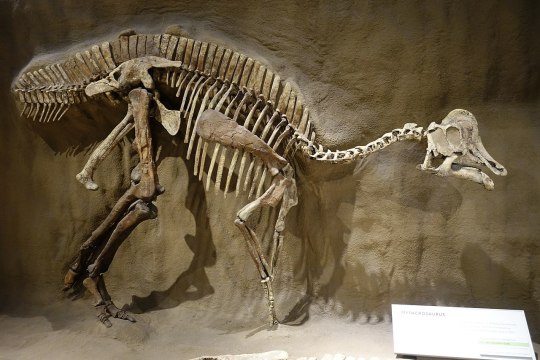
Hypacrosaurus!
22 notes
·
View notes
Text
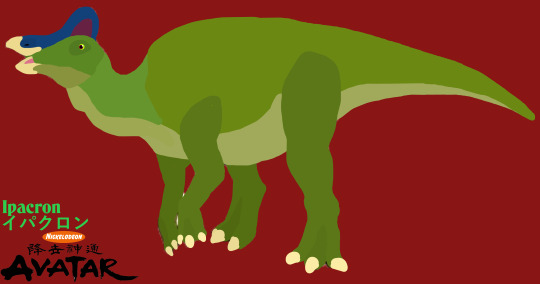
Ipacron
Altura: 135 metros (en 4 patas)
Longitud: 540 metros
Peso: 70,000 toneladas
Primer Avistamiento: Fiordos de Kenai [Tierra: Teratoverso]
Controles: Tierra Control [Excavación, Embestida Petrea y reforestación] Fuego Control [Rayo Incandescente y rafaga ignea]
Guarida: Fiordos de Kenai [Tierra:Teratoverso] Monte Makapu [Avatarverso]
Aspecto: Corythosaurus (Dino Rey)
Aliados:
Humanos: Aang, Katara, Soka, Iroh, Zuko, Toph
Kaijus y otras bestias: Godzilla, King Kong, Mothra, Rodan, Anguirus
Enemigos:
Humanos: Ozai y Azula
Kaijus y otras bestias: Kasai Rex
#avatar aang#avatar: the last airbender#avatarverse#kaiju#tokusatsu#sega#dinosaur king#hypacrosaurus
0 notes
Photo

H is for Hypacrosaurus and Havanese. The Hypacrosaurus is a genus of duck billed dinosaurs with a hollow rounded crest on its head and will rip the throat out of anything that even looks funny at its pet puppy. . . #dinosauralphabet #dinosaur #dog #jurassicdogpark #havanese #hypacrosaurus #kidlitillustration https://www.instagram.com/p/CiLi9unOZFw/?igshid=NGJjMDIxMWI=
0 notes
Text

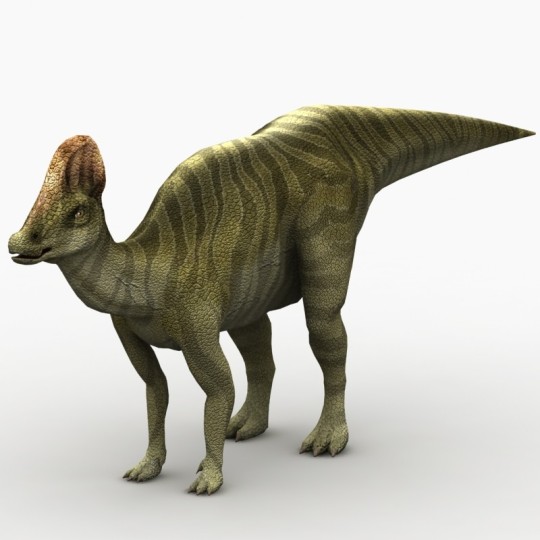

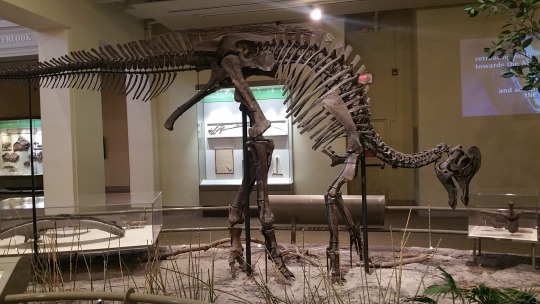

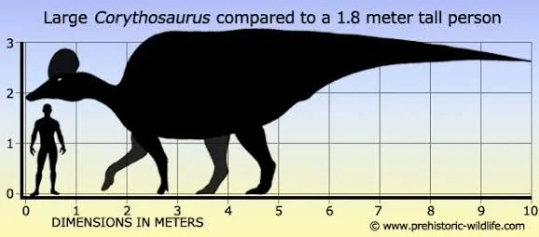
Corythosaurus
(temporal range: 77-75.7 mio. years ago)
[text from the Wikipedia article, see also link above]
Corythosaurus (/kəˌrɪθəˈsɔːrəs/;[1] lit. 'helmeted lizard') is a genus of hadrosaurid "duck-billed" dinosaur from the Late Cretaceous period, about 77–75.7 million years ago, in what is now western North America. Its name is derived from the Greek word κόρυς, meaning "helmet", named and described in 1914 by Barnum Brown. Corythosaurus is now thought to be a lambeosaurine, thus related to Lambeosaurus, Nipponosaurus, Velafrons, Hypacrosaurus, and Olorotitan. Corythosaurus has an estimated length of 7.7–9 metres (25–30 ft) and has a skull, including the crest, that is 70.8 centimetres (27.9 in; 2.32 ft) tall.
Corythosaurus is known from many complete specimens, including the nearly complete holotype found by Brown in 1911. The holotype skeleton is only missing the last section of the tail and part of the front legs, but was preserved with impressions of polygonal scales. Corythosaurus is known from many skulls with tall crests that resemble those of the cassowary and a Corinthian helmet. The most likely function of the crest is thought to be vocalization. As in a trombone, sound waves would travel through many chambers in the crest and then get amplified when Corythosaurus exhaled. One Corythosaurus specimen has even been preserved with its last meal in its chest cavity. Inside the cavity were remains of conifer needles, seeds, twigs, and fruits, suggesting that Corythosaurus probably fed on all of these.[2]
The two species of Corythosaurus are both present in slightly different levels of the Dinosaur Park Formation. Both still co-existed with theropods and other ornithischians, like Daspletosaurus, Brachylophosaurus, Parasaurolophus, Scolosaurus, and Chasmosaurus.
2 notes
·
View notes
Photo
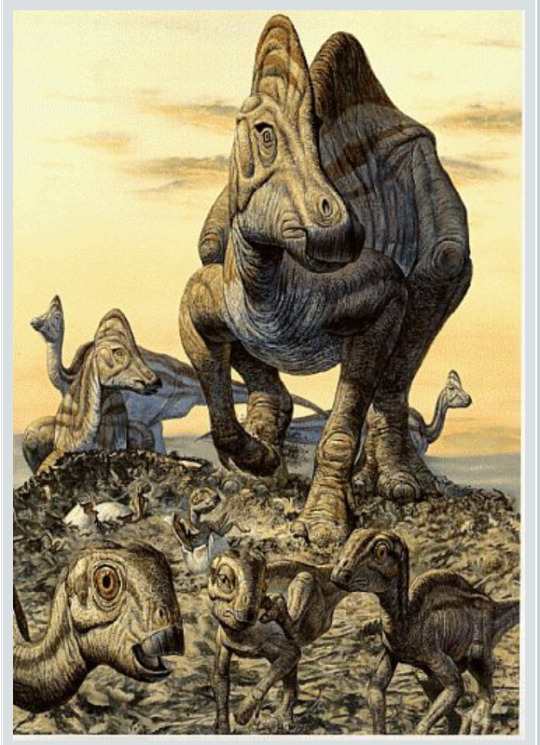
“Dawn At the Rookery” (1990) by Mark Hallett
Hypacrosaurus
7 notes
·
View notes
Text

Corythosaurus: Lagarto con casco corintio
Corythosaurus (gr. "lagarto con casco") es un género representado por dos especies de dinosaurios ornitopodos hadrosáuridos, que vivieron a finales del período Cretácico, hace aproximadamente entre 77 a 75,7 millones de años, en el Campaniense, en lo que hoy es Norteamérica. Corythosaurus es clasificado como un hadrosáurido, en la subfamilias Lambeosaurinae. Estando relacionado con otros hadrosáuridos como Hypacrosaurus, Lambeosaurus y Olorotitan. Con excepción de Olorotitan todos comparten los cráneos y las crestas similares. Sin embargo, la investigación reciente ha sugerido que Olorotitan es un pariente cercano de Corythosaurus, aun sin compartir la forma de la cresta.
En la cultura popular
Corythosaurus ha aparecido llegó al universo cinematográfico por la película de Parque jurásico 3 en la que sólo aparece un grupo de estos animales junto a Parasaurolophus apareciendo en unos pocas escenas durante la persecución por parte de unos letales Velociraptores. También hace aparición en la serie infantil de Dino dan de 2009 con un color de piel similar al de un pez payaso.
1 note
·
View note
Photo

Is a genus of hadrosaurid dinosaur that lived about 75 million years ago, in the Late Cretaceous period (Campanian stage) of North America. This bipedal/quadrupedal, herbivorous dinosaur is known for its distinctive hollow cranial crest, which in the best-known species resembled a hatchet. Several possible species have been named, from Canada, the United States, and Mexico, but only the two Canadian species are currently recognized as valid. Material relevant to the genus was first named by Lawrence Lambe in 1902. Over twenty years later, the modern name was coined in 1923 by William Parks, in honour of Lambe, based on better preserved specimens. The genus has a complicated taxonomic history, in part because small-bodied crested hadrosaurids now recognized as juveniles were once thought to belong to their own genera and species. Currently, the various skulls assigned to the type species L. lambei are interpreted as showing age differences and sexual dimorphism. Lambeosaurus was closely related to the better known Corythosaurus, which is found in slightly older rocks, as well as the less well-known genera Hypacrosaurus and Olorotitan. All had unusual crests, which are now generally assumed to have served social functions like noisemaking and recognition.
Herbivore
Lambeosaurus (c) Primal Prey
Art (c) reneg661
1 note
·
View note
Text
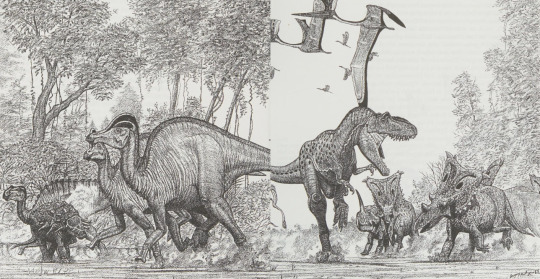
Predatory Dinosaurs of the World: A Complete Illustrated Guide. Written and drawn by Gregory Paul. 1989.
Internet Archive
#prehistoric#dinosaurs#theropods#tyrannosaurs#daspletosaurus#ornithopods#ceratopsians#monoclonius#chasmosaurus#hadrosaurs#hypacrosaurus#kritosaurus#ankylosaurs#edmontonia#prehistoric reptiles#pterosaurus#quetzalcoatlus#predation#Gregory Paul
85 notes
·
View notes
Photo

Hypacrosaurus altispinus sketch, just something fun to relax that didn’t require drawing every scale! He goes hOnk.
Drawn digitally using a skeletal by Scott Hartman as reference.
#dinosaur#hadrosaur#hypacrosaurus#paleontology#palaeontology#paleoart#palaeoart#palaeoblr#scientific illustration
462 notes
·
View notes
Photo

another redesign because im actually djskfhjds good at it now
10 notes
·
View notes
Text
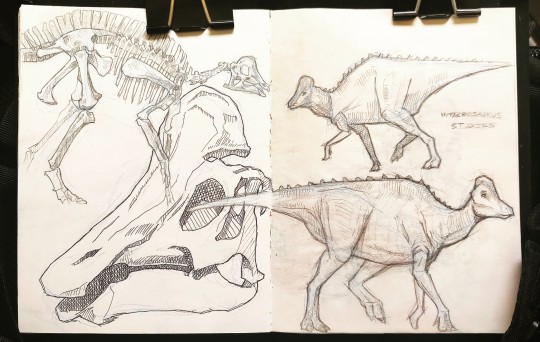
Hypacrosaurus studies for my sketchbook.
21 notes
·
View notes
Photo
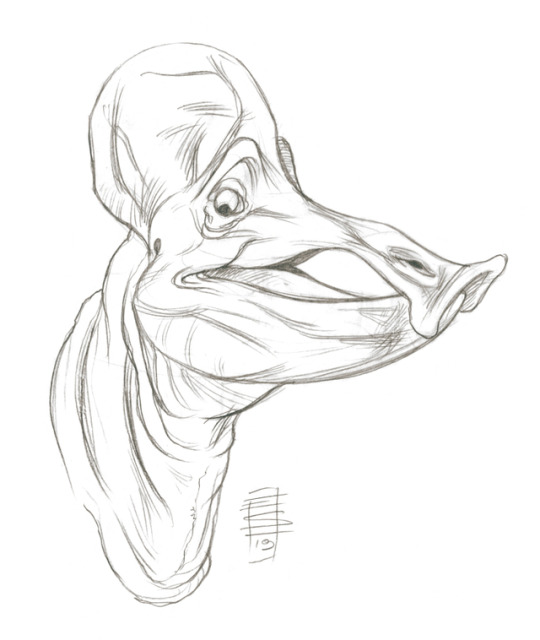
Toony Doodle_Hypacrosaurus is Bootiful.
Pencils, 2019.
5 notes
·
View notes
Text
This Week in Dinosaur News: A juvenile T. rex chewing on bone, Quadrupedal theropod tracks, and a new ornithopod
This Week in #Dinosaur #News: A juvenile #Tyrannosaurus rex chewing on bone, Quadrupedal theropod tracks, a new ornithopod, stamps, coins, and more
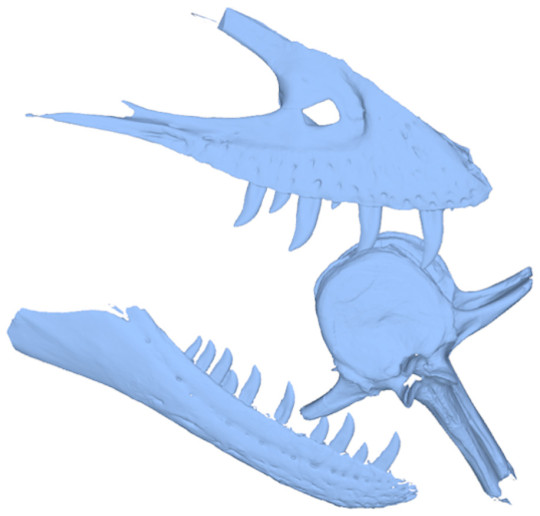
A recreation of a juvenile T. rex biting a hadrosaur tail bone with matching tooth marks.
From: doi.org/10.7717/peerj.6573
Here’s what came out this week in dinosaur news:
A new basal ornithopod with skinny arms, Mahuidacursor lipanglef, was described in Argentina source
A hadrosaur was found in Montana with marks showing it was probably chewed on by a juvenile T. rex source
Tracks from the…
View On WordPress
#argentina#Canadian Mint#chewed#china#Clayton Lake#coin#colorado#Cretaceous#dinosaur#Dinosaur Journey#dinosaurs#femur#Fruita#hadrosaur#Hadrosaurus#Hypacrosaurus#i know dino#Jurassic#juvenile#lipanglef#Mahuidacursor#map#montana#museum#New Mexico#ornithopod#quadrupedal#rex#scan#stamps
7 notes
·
View notes
Photo
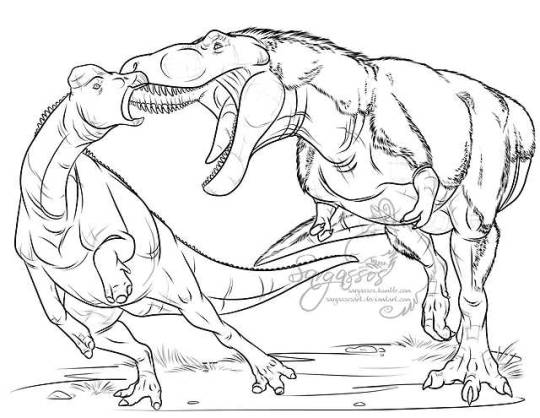
Day 8, a (possibly over-feathered?) daspletosaurus taking a chomp at a startled hypacrosaurus.
On the subject of feathers - I’ve been trying to research whether certain theropodal dinosaurs had feathers or not before drawing them. Granted, I’ve only done the three so far, but my searches for dilophosaurus and coelophysis didn’t turn up much outside of “we don’t actually have any evidence, so we can’t say”.
I didn’t research for daspletosaurus, I wanted to do a feathered dino, and I do remember that more and more theories on tyrannosaurid feathering have been coming up. So I kind of just went for it.
Was daspletosaurus possibly feathered? Was it only the young ones? How much feather is too much feather? THESE are the questions that plague me!
Even so, he looks mega soft. Would most definitely hug. And ride into battle.
And die.
#art#digital art#dinosaur#dinosaurs#dinosaur coloring book#daspletosaurus#theropod#hypacrosaurus#hadrosaurid#feathered dinosaur#dinovember#draw dinovember#hunting
7 notes
·
View notes